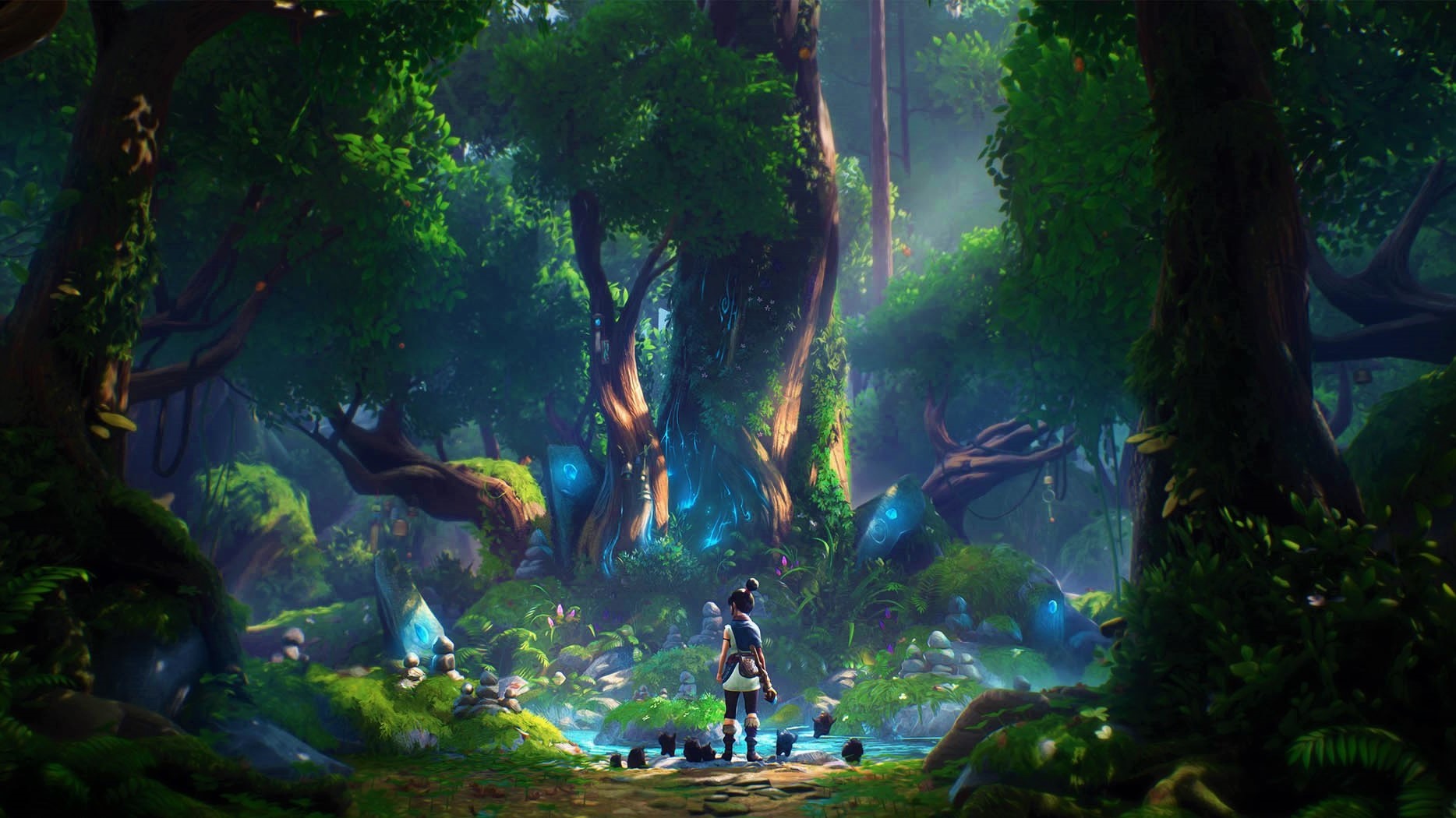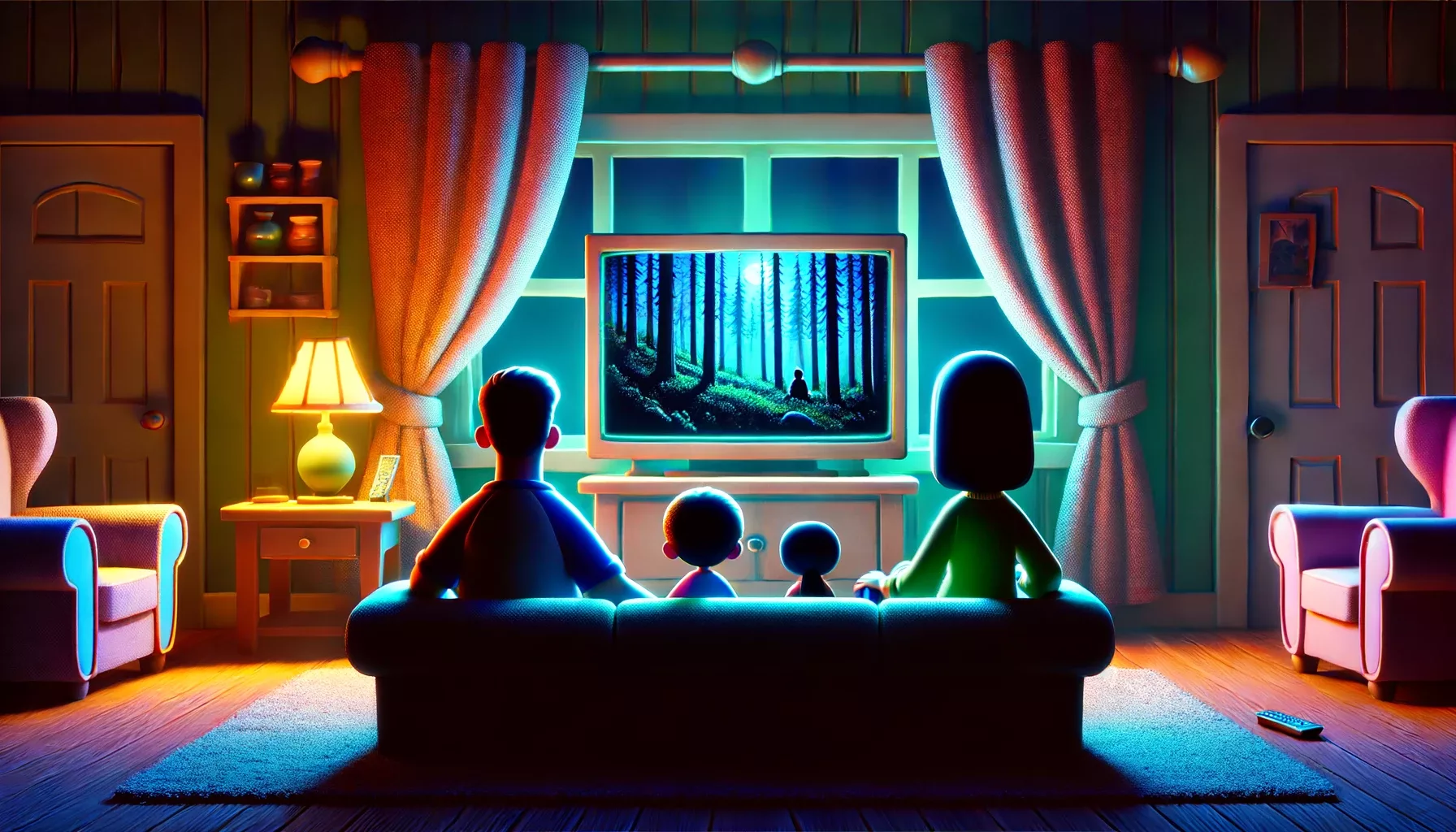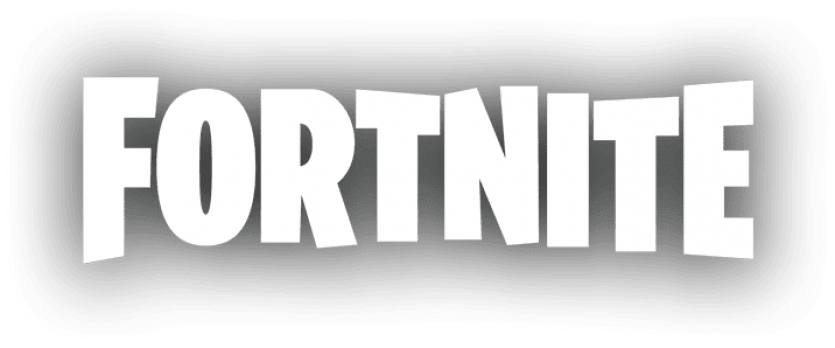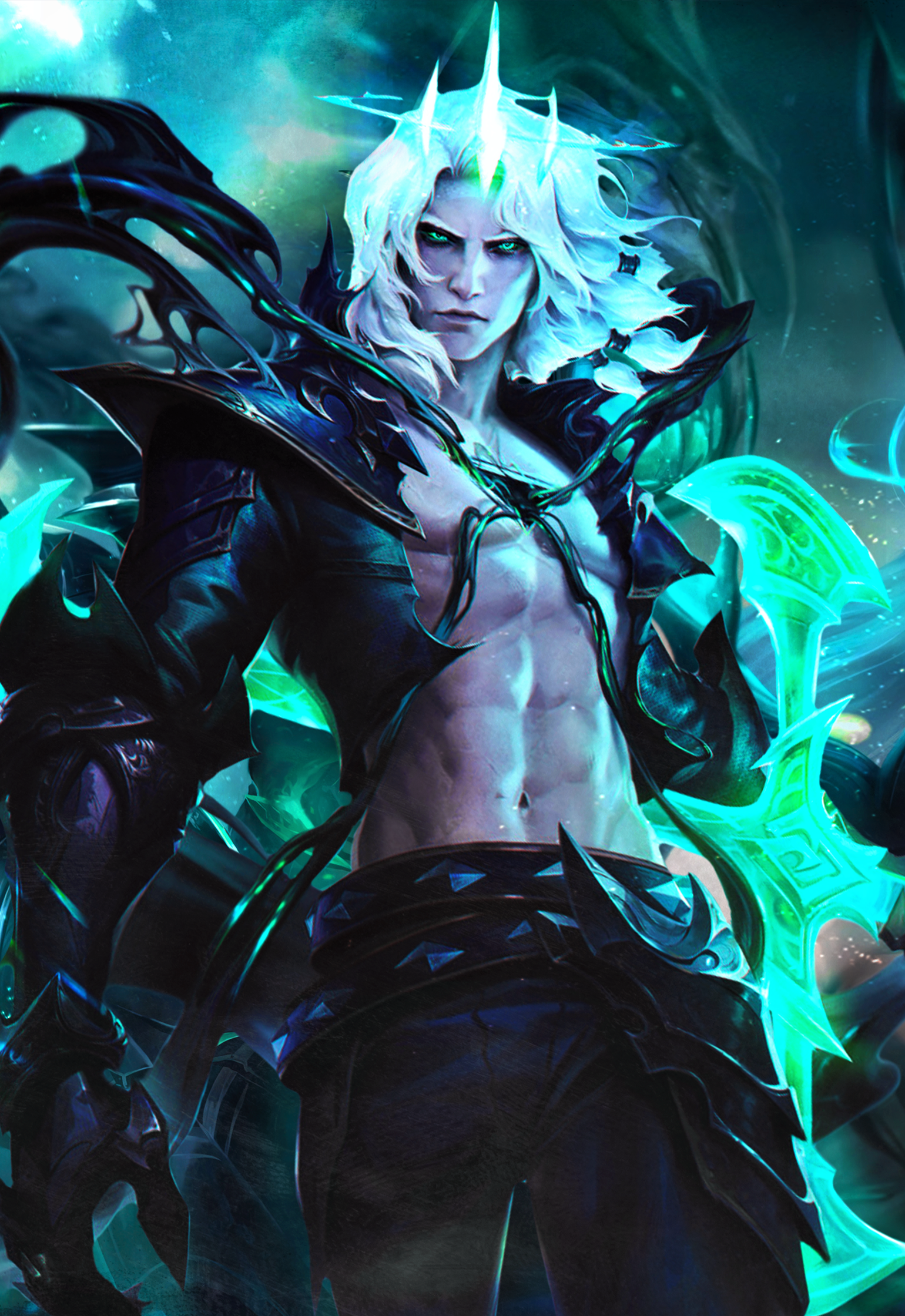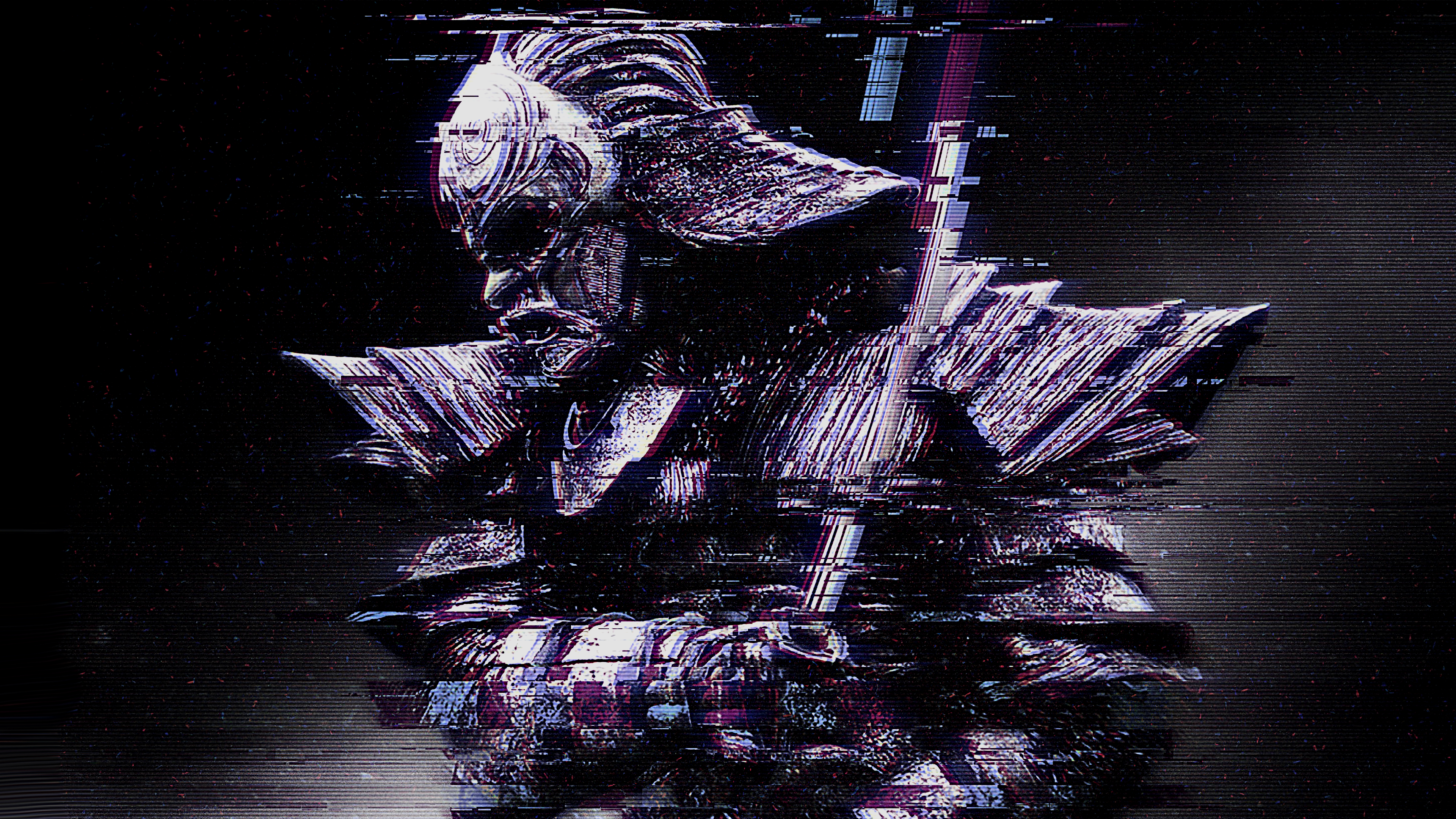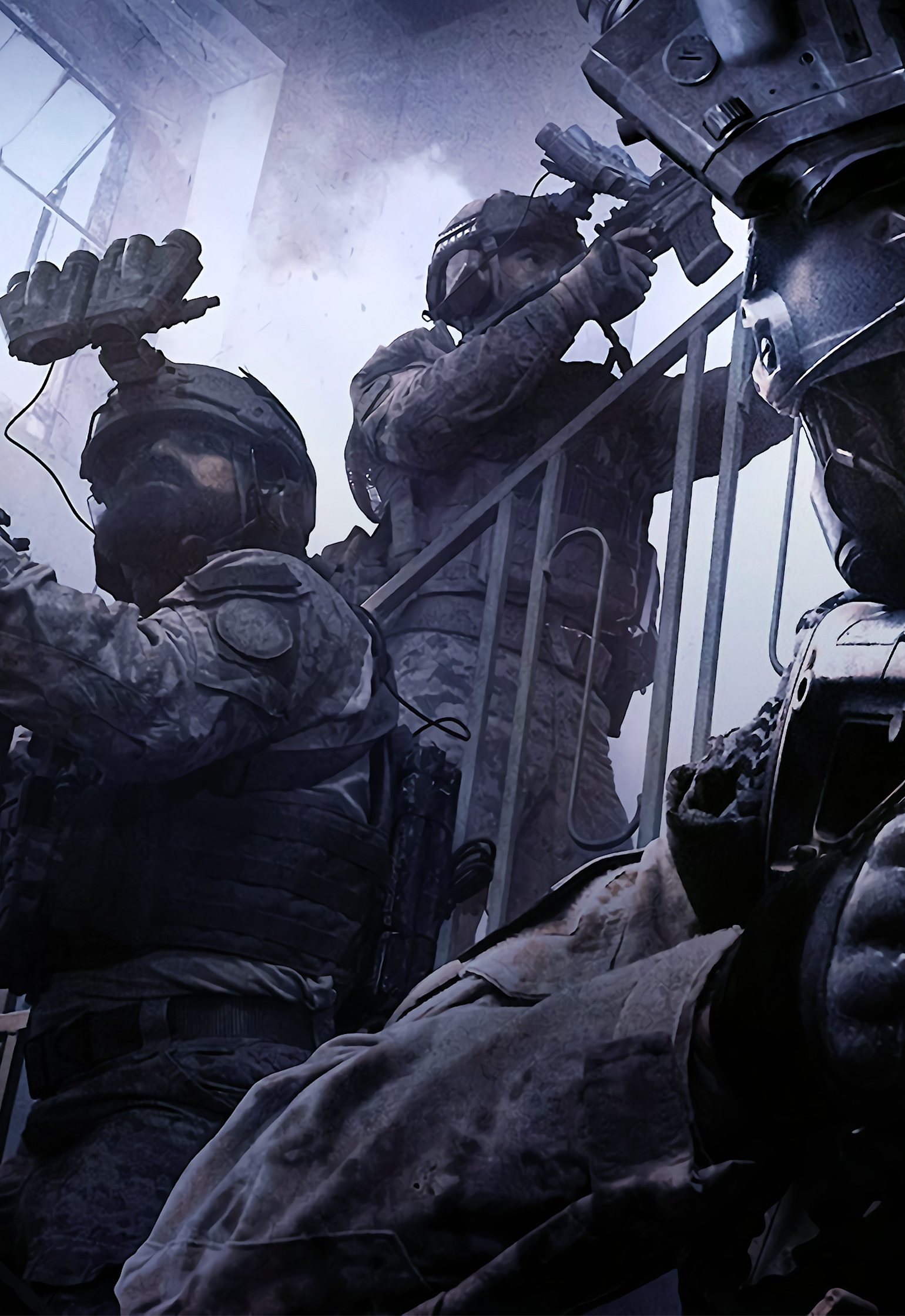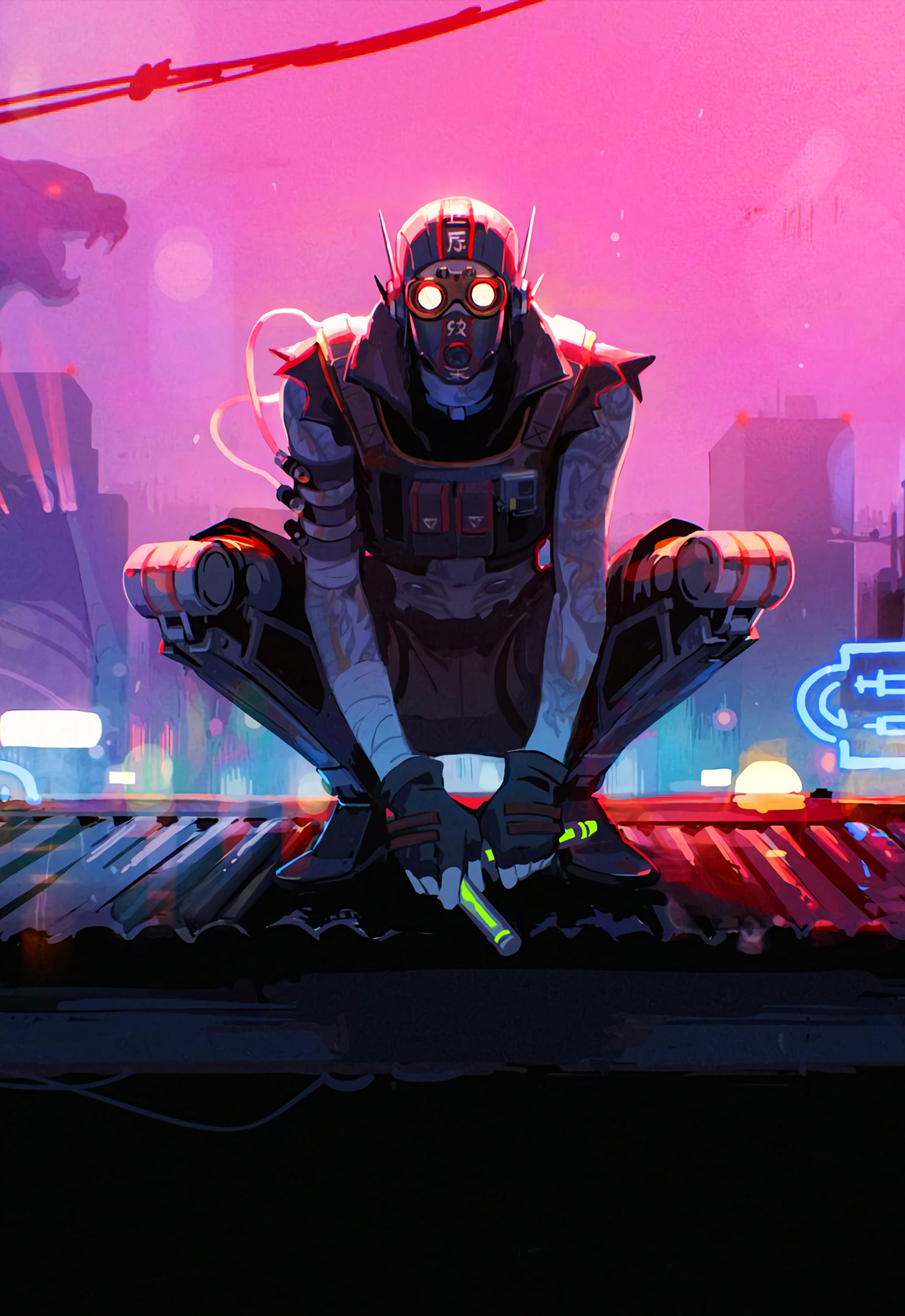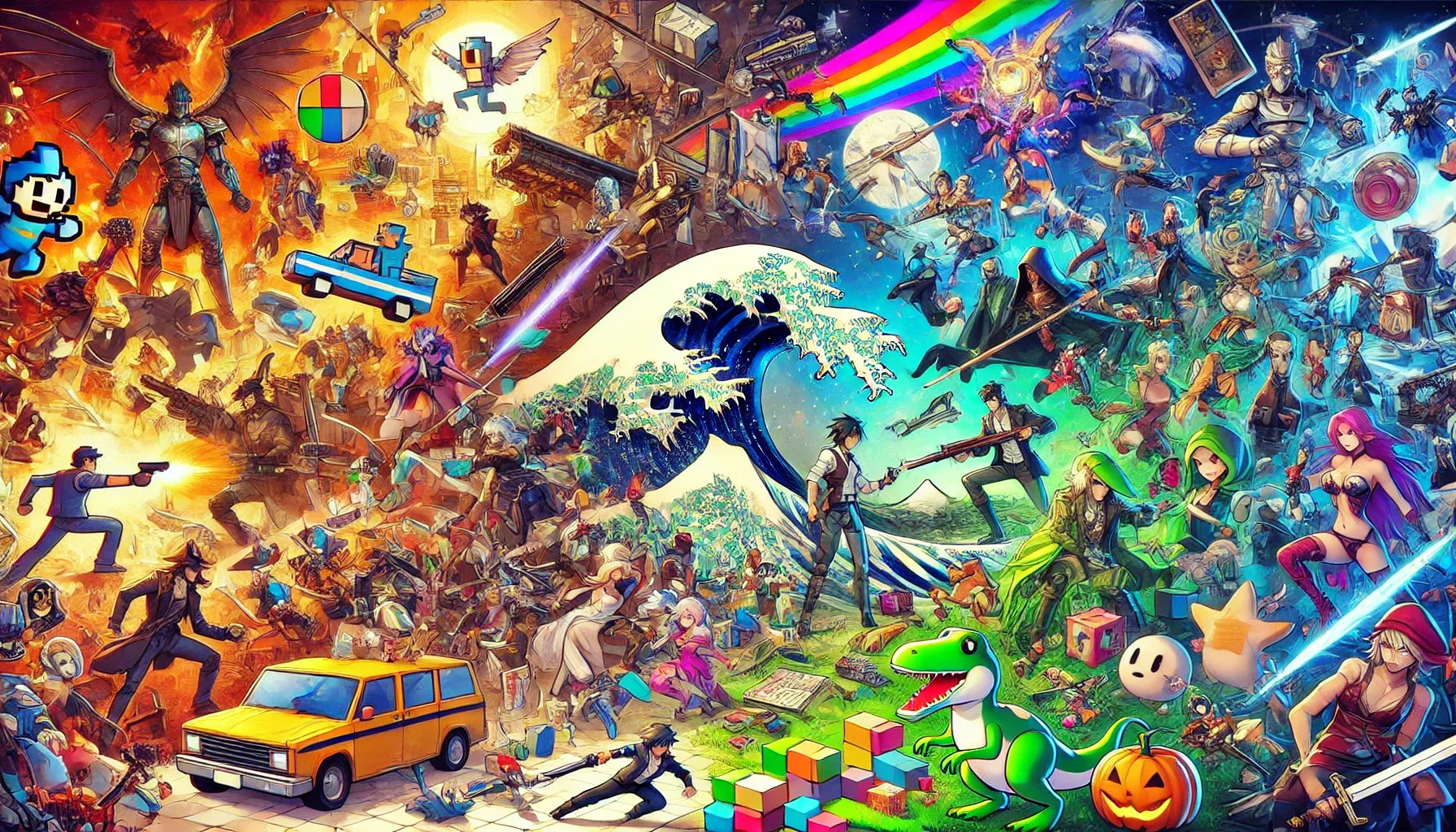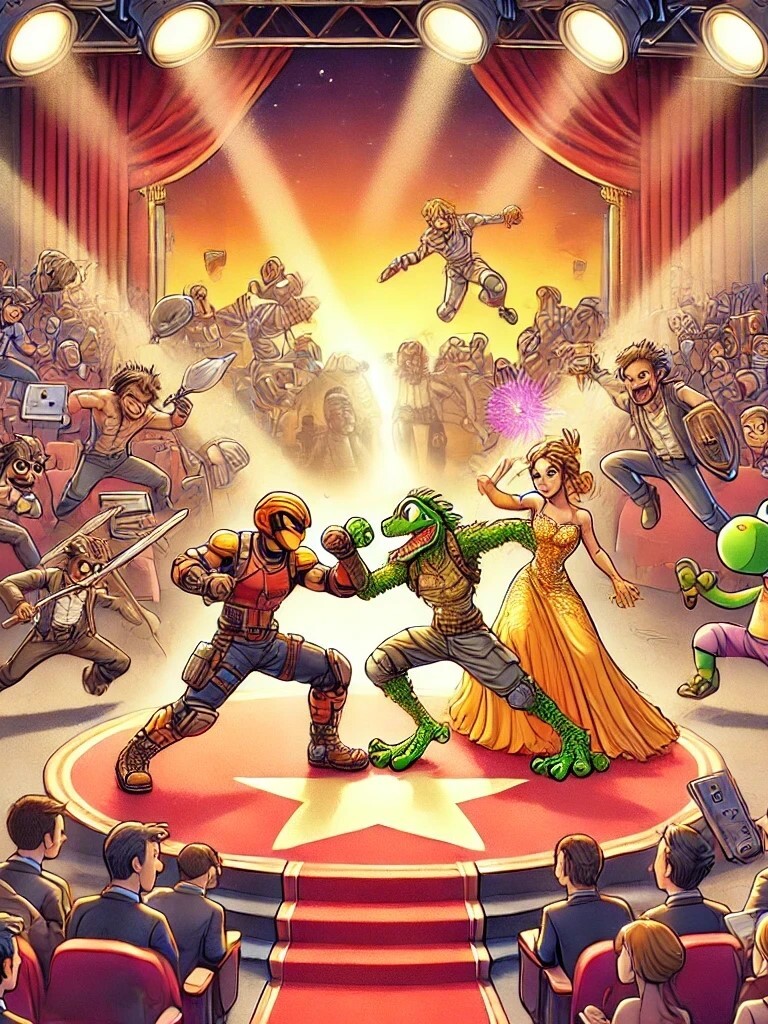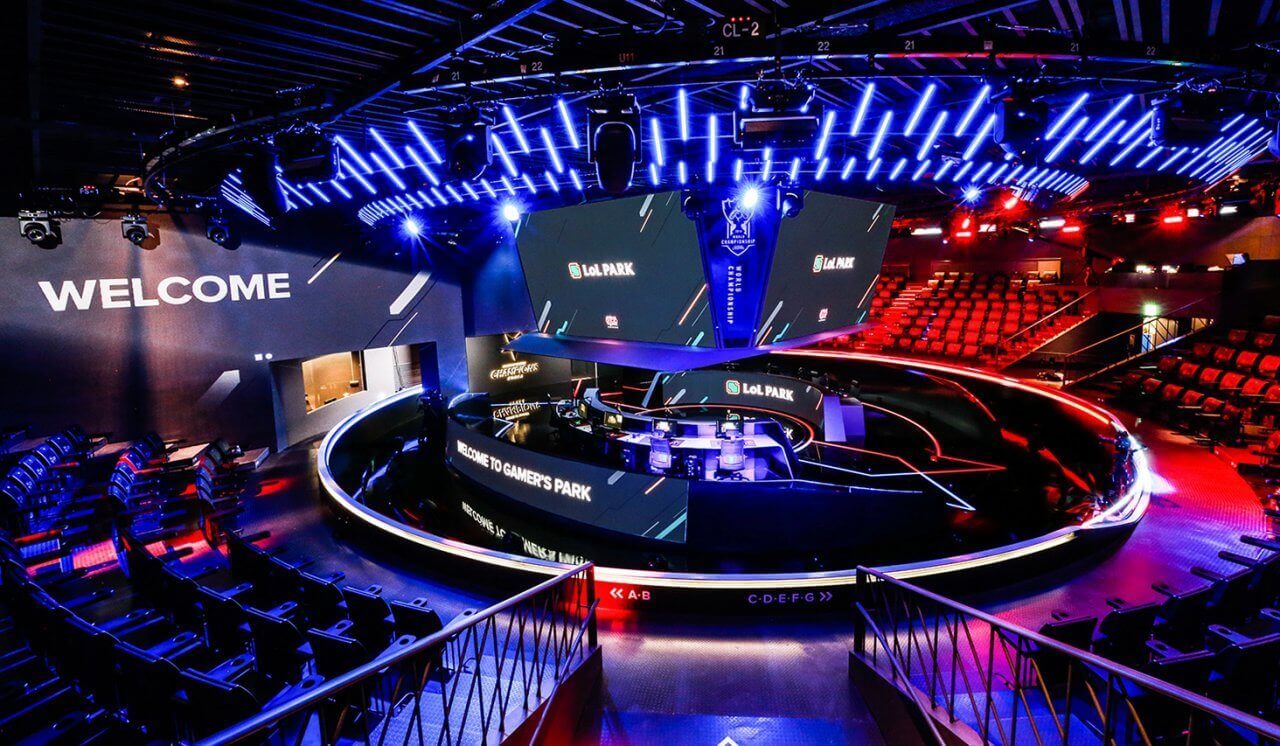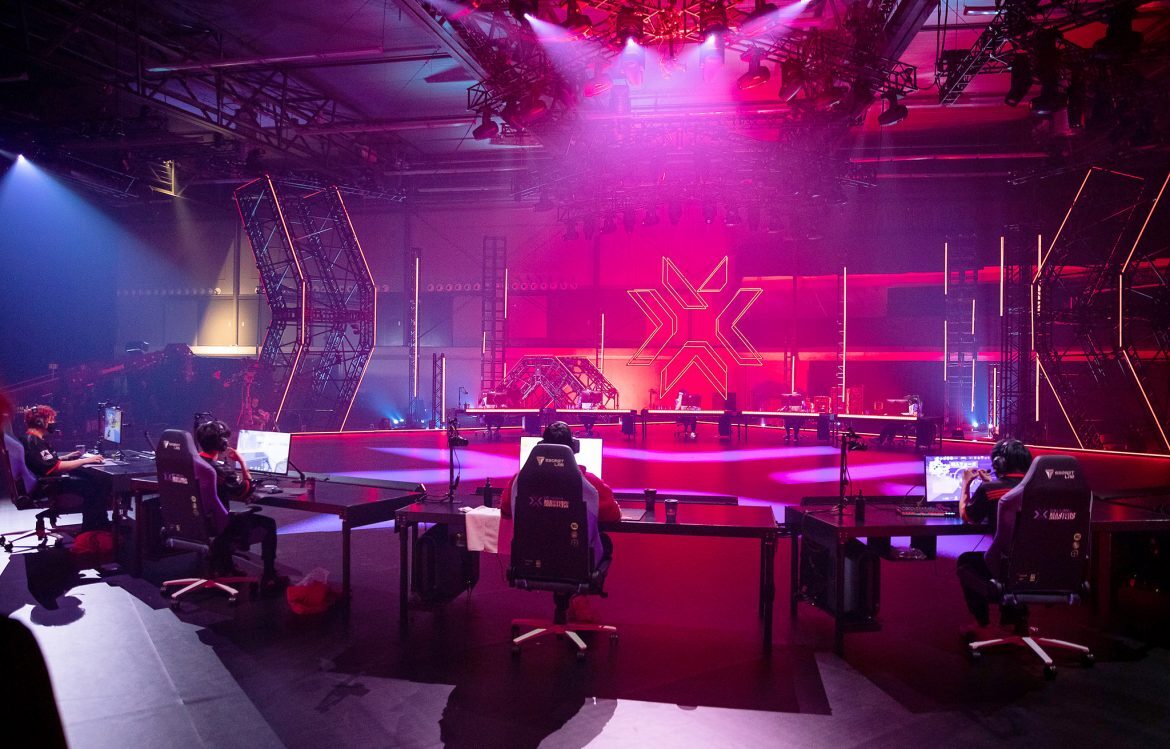Expedition 33, Hades II, and Silksong show how much indie gaming has changed.
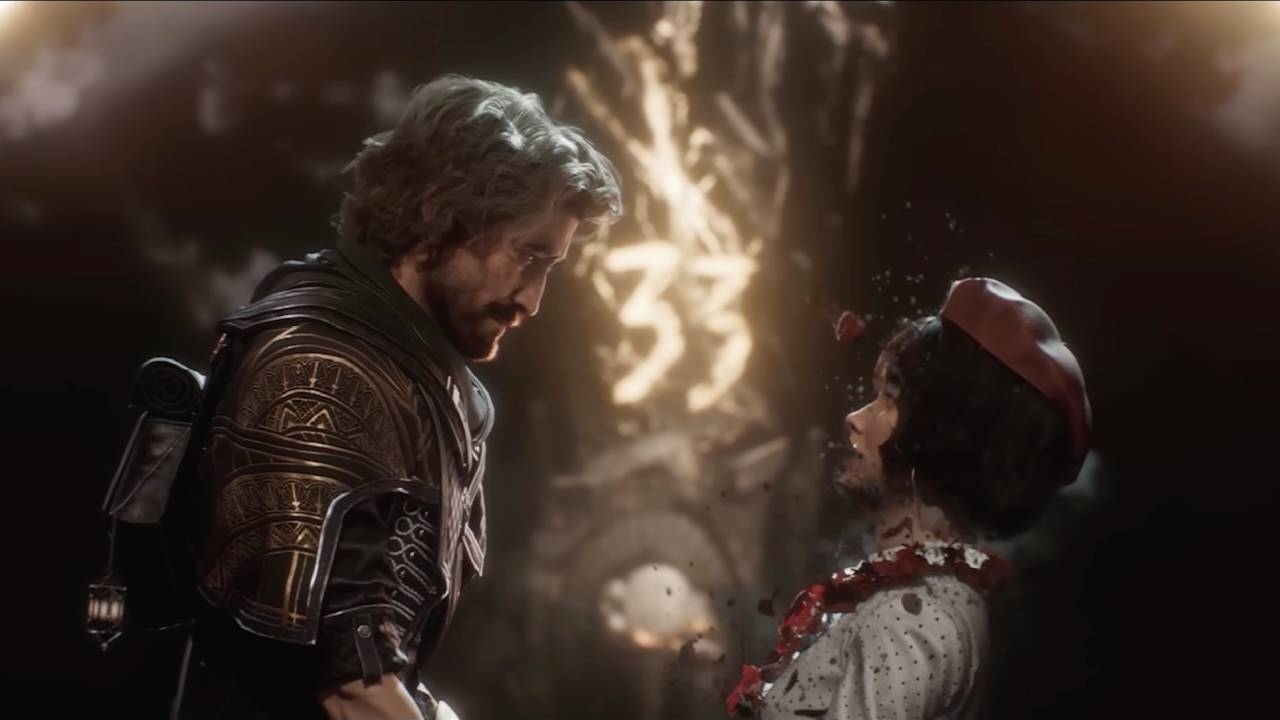
The GOTY Awards are just around the corner, and people are already debating which game will take home the coveted prize this year. Now the hottest contender, Clair Obscur: Expedition 33, has been nominated for an indie award and shows just how much the term “indie” has begun to lose its meaning.
Expedition 33: The Indie Favorite That No Longer Feels Indie
The Indie Game Awards have announced their final nominees, and among them is Clair Obscur: Expedition 33. For some, this might come as a surprise, since with its lavish visuals and a budget of around 15–25 million US dollars, the game hardly looks like a typical indie title.
On the other hand, the nomination does make sense. Expedition 33 comes from a small French studio with only about 30 to 40 employees, a team that has realized its artistic vision without compromise.
And this is where the real problem becomes clear. The term “indie” is no longer as easy to define as it once was.
Indie Is The New AAA
Granted, it’s not a new debate over what exactly qualifies as an indie game and what doesn’t. Over time, the term has become increasingly diluted. In the past, the definition was simple: as long as you didn’t have a publisher, you were considered an independent game. Today, that’s no longer a meaningful standard. Expedition 33, for example, does have a publisher in Kepler Interactive. However, Kepler operates under a so-called co-ownership model, in which the participating studios hold shares in the publisher, share resources, and retain full creative control. Another game published by Kepler Interactive was Sifu, which was also highly praised by critics and players alike.
But the issue this year goes far beyond Expedition 33. With Silksong and Hades II, there are two more games that could easily be considered indie, and both have a realistic shot at winning GOTY. That means three of the five hottest contenders for 2025 are indie titles, the other two being Death Stranding 2 and Kingdom Come: Deliverance 2. The term indie is crumbling more than ever this year, as independent games clearly stand shoulder to shoulder with AAA titles. One can only imagine how many people worked on the campaign for Black Ops 7, yet comparing the result to Expedition 33 makes it painfully clear that AAA has long since stopped being a guarantee of quality. Many of these indie games do not even cost half as much as major AAA releases, a further sign that budget and quality no longer go hand in hand.
The fact that several indie games are among the biggest favorites of the year is no coincidence. It is a visible sign of an industry in the process of reshaping itself. This shift shows that not only the term indie, but the entire relationship between creative vision and economic scale, is changing. Games like Elden Ring or Baldur’s Gate 3 may not be indie titles, but they embody exactly what once defined the indie spirit: courage, artistic freedom, and the determination to create something extraordinary against market logic.
Maybe that is the real reason why the term indie is so hard to pin down today, because its values have long since spread throughout the entire industry. Meanwhile, in the modern gaming world, the old definitions of what makes a game indie simply no longer make sense.
The End Of A Word, Not Of An Idea
With the nomination of Expedition 33, the circle comes full. Few other games illustrate so clearly how fluid the boundaries in gaming have become. It meets the formal criteria of an indie title, yet looks like a AAA game. And that is the heart of the problem: the term indie has lost its clear meaning. Perhaps the word is crumbling, but in that very crumbling lies the strength of the idea behind it.
What do you think? How would you define indie games? Let us know in the comments!
